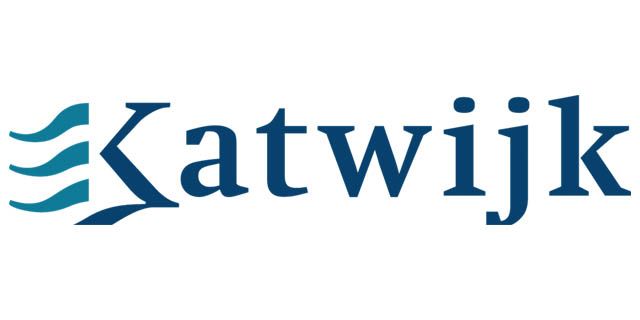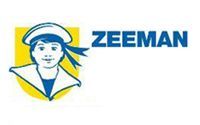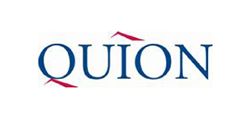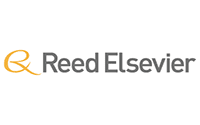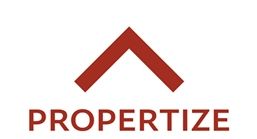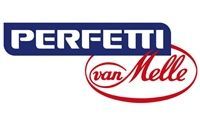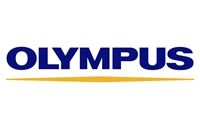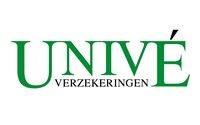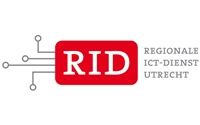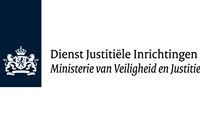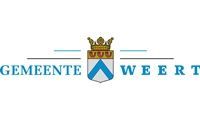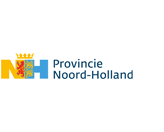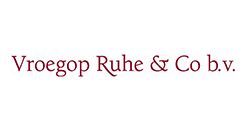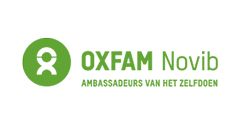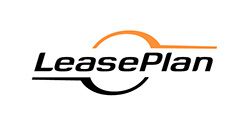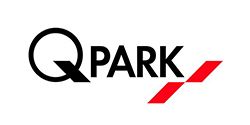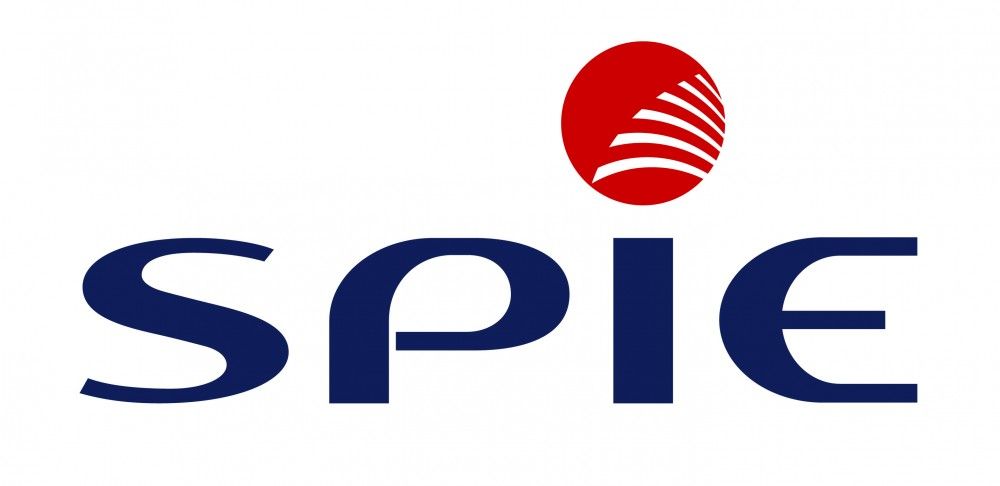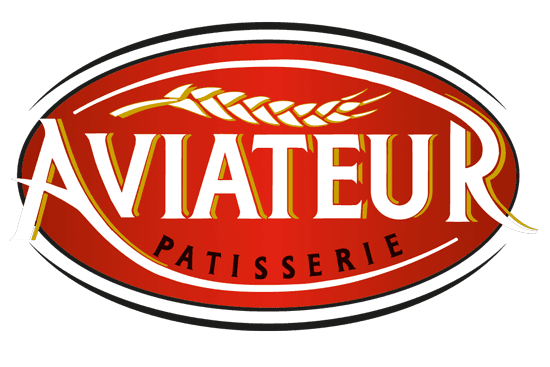Cursusbeschrijving
Deze vijfdaagse cursus gaat in op het plannen, configureren en beheren van een Microsoft SharePoint Server 2013-omgeving. Er wordt met name ingegaan op de implementatie van hoge beschikbaarheid, disaster recovery, de architectuur van onderhoudsapplicaties, Business Connectivity Services, sociale functies, productiviteits- en samenwerkingsplatforms en -functies, business intelligence-systemen, contentbeheer voor bedrijven en de infrastructuur, systemen en apps voor contentbeheer op internet. De cursus behandelt ook de optimalisatie van de zoekmachine, de ontwikkeling en implementatie van een beleidsplan en upgrades of migraties naar SharePoint Server 2013.
{tab Doelgroep}
De cursus is bedoeld voor ervaren IT-professionals die graag willen leren over het installeren, configureren, implementeren en beheren van SharePoint Server 2013 in een datacenter of cloud. Daarnaast kunnen Business Application Administrators (BAA’s) die samen met interne gebruikers binnen het bedrijf betrokken zijn bij line-of-business-projecten (LOB) profiteren van inzichten in het beheer van SharePoint Server 2013.
De training richt zich op drie doelgroepen:
- Bestaande gebruikers en partners van SharePoint 2010 die vertrouwd willen raken met de belangrijkste wijzigingen in SharePoint 2013. Er zijn ook diverse andere verbeteringen geweest voor hulpmiddelen en methoden.
- Klanten voor wie SharePoint nieuw is. Het marktaandeel van SharePoint groeit stevig en de verwachting is dat dit blijft groeien; er zijn dus veel nieuwe klanten zonder eerdere ervaring.
- Klanten die een eerdere versie gebruiken van SharePoint (SharePoint 2003 en SharePoint 2007), niet hebben geüpgrade naar SharePoint 2010 en dus ook niet bekend zijn met de architectuur van SharePoint 2010 of SharePoint Server 2013.
{tab Voorkennis}
Noodzakelijke voorkennis is M20331, Core Solutions of Microsoft SharePoint Server 2013
{tab Certificering}Deze cursus is de voorbereiding om deel te nemen aan het examen 70-332
{tab Overige informatie}This course will be delivered with digital courseware. In order to have the best learning experience you are asked to bring your own second screen to view the courseware. A second screen includes: tablets and laptops.
{/tabs} {slider Cursusinhoud|closed}Module 1: Understanding Architecture in SharePoint Server 2013
This module introduces the architectural features that underpin SharePoint Server 2013, both for on-premise and online deployments. This includes an examination of the features that are new in this version, as well as those that have been removed. This module reviews the basic structural elements of a farm deployment, and the different deployment options that are available in SharePoint 2013.
- Core Components of the SharePoint 2013 Architecture
- New Features in SharePoint Server 2013
- SharePoint Server 2013 and SharePoint Online Editions
- Describe the architectural features of SharePoint Server 2013.
- Identify new and deprecated features in SharePoint 2013.
- Describe the editions for SharePoint Server 2013 on-premise and SharePoint Online.
Module 2: Designing for Business Continuity Management
This module examine high availability and disaster recovery in SharePoint 2013. When designing high availability and disaster recovery strategies for a SharePoint farm, it is important to understand the different approaches required by each logical tier in the farm. High availability for the database tier requires understanding of how SQL Server provides high availability and the associated requirements. High availability for the application tier can be straightforward for some service applications, while other applications, such as Search, require additional planning and configuration for high availability. The web front end tier will also require additional planning and configuration for high availability, and architects should consider the new SharePoint 2013 request management feature. SharePoint farm disaster recovery has always required considerable planning and understanding of the necessary components and backup tools available. In this regard SharePoint 2013 is no different, and farm administrators should create a disaster recovery plan that states how content and configurations are backed up, how data can be restored, and what backup schedules are required.
- Designing Database Topologies for High Availability and Disaster Recovery
- Designing SharePoint Infrastructure for High Availability
- Planning for Disaster Recovery
- Select an appropriate database server configuration to meet availability requirements.
- Design a physical architecture and infrastructure to meet availability requirements.
- Develop and implement a backup and restore strategy.
Module 3: Test the Backup and Restore Process
Service applications were introduced in SharePoint 2010, replacing the Shared Service Provider architecture of Microsoft Office SharePoint Server 2007. Service applications provide a flexible design for delivering services, such as Managed Metadata or PerformancePoint, to users who need them. There are several deployment topologies available to you when you plan your service application implementation. These range from a simple, single-farm, single-instance service application model to more complex, cross-farm, multiple-instance designs. What remains most important is that you create a design that matches the needs of your organization’s users in terms of performance, functionality, and security. This module reviews the service application architecture, how to map business requirements to design, and the options for enterprise scale, federated service application architectures.
- Planning Service Applications
- Designing and Configuring a Service Application Topology
- Configuring Service Application Federation
- Explain the service application architecture.
- Describe the fundamental options of service application design.
- Describe how to configure a federated service application deployment.
Module 4: Configuring and Managing Business Connectivity Services
Most organizations store information in a variety of disparate systems. In many cases, these organizations want to be able to view and interact with information from these disparate systems from a single interface. This reduces the need for information workers to constantly switch between systems and creates opportunities for power users or analysts to aggregate data from multiple sources. In SharePoint 2013, Business Connectivity Services (BCS) is a collection of technologies that enable you to query, view, and interact with data from external systems. In this module, you will learn how to plan and configure various components of BCS.
- Planning and Configuring Business Connectivity Services
- Configuring the Secure Store Service
- Managing Business Data Connectivity Models
- Plan and configure the Business Data Connectivity Service application.
- Plan and configure the Secure Store Service application.
- Manage Business Data Connectivity models.
Module 5: Connecting People
When we talk about connecting people in SharePoint 2013 we are really talking about taking people out of their isolated workspaces and giving them the ability and tools to collaborate with other people in the organization such as their work colleagues, peers and executives. It is about finding people with expertise and identifying shared interests and about creating networks of people that share common goals. In this module, you will learn about the concepts and ways of connecting people in SharePoint 2013. We will examine user profiles and user profile synchronization, social interaction features and capabilities, and communities and community sites in SharePoint 2013.
- Managing User Profiles
- Enabling Social Interaction
- Building Communities
- Understand and manage user profiles and user profile synchronization in SharePoint 2013.
- Enable social interaction in SharePoint 2013.
- Understand and build communities and community sites in SharePoint 2013
Module 6: Enabling Productivity and Collaboration
This module examines how SharePoint 2013 extends the ability of users to work collaboratively and increase productivity through seamless integration with external software platforms, additional SharePoint collaboration features, and the provision of flexible tools, with which users can develop their own solutions to business problems.
- Aggregating Tasks
- Planning and Configuring Collaboration Features
- Planning and Configuring Composites
After completing this module, students will be able to:
- Explain how the integration options for Exchange 2013 and Project Server 2013 improve task aggregation.
- Describe how to plan and configure SharePoint collaborative and co-authoring options.
- Describe how to plan and use workflows in SharePoint 2013.
Module 7: Planning and Configuring Business Intelligence
Business Intelligence (BI) continues to be an important area for large enterprise organizations. The key to successful BI is the ability to integrate the components that deliver the right information, to the right people, at the right time. SharePoint Server 2013 Enterprise Edition provides a range of integrated solutions that enable both users and administrators across an organization to develop BI solutions to fit their business requirements.
These BI tools extend beyond SharePoint to provide consistent information management from personal data analysis environments, which use Office Excel, through to departmental or organizational data repositories, which use SQL Server Reporting Services (SSRS) and SQL Server Analysis Services (SSAS). In this module you will see how SharePoint 2013 can deliver BI solutions for your business.
- Planning for Business Intelligence
- Planning, Deploying and Managing Business Intelligence Services
- Planning and Configuring Advanced Analysis Tools
- Explain the SharePoint BI architecture, its components, and how to identify BI opportunities in your organization.
- Describe how to plan, deploy, and manage the core SharePoint 2013 BI services.
- Describe the advanced BI options available with SharePoint 2013 and Microsoft SQL Server 2012.
Module 8: Planning and Configuring Enterprise Search
The Search service remains a cornerstone of the SharePoint platform’s success. In SharePoint 2013 there have been major changes to the components that make up the service, to increase performance and configurability. The configuration options in SharePoint Search now enable you to provide greater search result effectiveness by fine-tuning the service in various ways. The introduction of new functionality, such as result types and the increased move towards search-driven navigation mean that the role of the Search administrator has become even more important for business success.
Search now enables you to delegate more of this management to site collection administrator and site owner levels, improving Search flexibility without increasing the administrative burden on a few Search service application administrators. To help you in your management of a Search environment, SharePoint 2013 now incorporates Search analytics and reporting into the Search service, rather than in a separate service application, as was the case in SharePoint Server 2010. The reports available will help you to monitor the service and optimize its configuration.
- Configuring Search for an Enterprise Environment
- Configuring the Search Experience
- Optimizing Search
- Describe the Search service architecture and key areas of configuration.
- Explain how to configure the Search service to improve the end-user experience.
- Describe how to use analytics reports to optimize your Search environment.
Module 9: Planning and Configuring Enterprise Content Management
Enterprise Content Management (ECM) is a set of technologies and features that administrators use to provide some control over sites and content. This could include control over how information is stored, how long information is kept, how information is visible to users while in use, and how information growth is kept under control. Planning support for your ECM requirements requires a clear understanding of content requirements and how that content supports the organization. This means that, as a best practice, many different organizational roles should have input into the ECM strategy and supporting features.
- Planning Content Management
- Planning and Configuring eDiscovery
- Planning Records Management
- Plan how to manage content and documents.
- Plan and configure eDiscovery.
- Plan records management and compliance.
Module 10: Planning and Configuring Web Content Management
The web content management capabilities in SharePoint Server 2013 can help an organization to communicate and integrate more effectively with employees, partners, and customers. SharePoint Server 2013 provides easy-to-use functionality to create, approve, and publish web content. This enables you to get information out quickly to intranet, extranet, and Internet sites and give your content a consistent look and feel. You can use these web content management capabilities to create, publish, manage, and control a large and dynamic collection of content. As part of ECM in SharePoint Server 2013, web content management can help to streamline your process for creating and publishing web sites.
- Planning and Implementing a Web Content Management Infrastructure
- Configuring Managed Navigation and Catalog Sites
- Supporting Multiple Languages and Locales
- Enabling Design and Customization
- Supporting Mobile Users
- Plan and configure a Web Content Management infrastructure to meet business requirements.
- Configure managed navigation and product catalog sites.
- Plan and configure support for multilingual sites.
- Manage design and customization for publishing sites.
- Plan and configure support for mobile users
Module 11: Managing Solutions in SharePoint Server 2013
As a SharePoint administrator, it is important to understand the features that are available in SharePoint 2013. However, there are often specific functional requirements that may be part of SharePoint’s feature set but are not included in certain site templates. There may also be sites that require repeatable customization of lists or libraries, or custom code deployments that are necessary to add capabilities that are not available out-of-the-box. Developers use features and solutions to add and control these functionality requirements. Administrators, on the other hand, must understand how features and solutions are deployed and managed in order to meet user needs in a SharePoint farm.
- Understanding the SharePoint Solution Architecture
- Managing Sandbox Solutions
- Describe and manage SharePoint features and solutions
- Manage sandboxed solutions in a SharePoint 2013 deployment
Module 12: Managing Apps for SharePoint Server 2013
SharePoint apps are new to SharePoint 2013 and provide an additional capability to provide application functionality within the context of SharePoint. SharePoint apps supplement the capabilities of farm solutions and sandbox solutions, while providing a user experience that offers a measure of self-service customization capabilities without putting the stability or security of the farm at risk.
- Understanding the SharePoint App Architecture
- Provisioning and Managing Apps and App Catalogs
- Describe SharePoint apps and the supporting SharePoint infrastructure
- Provision and configure SharePoint apps and app catalogs
- Manage how apps are used within a SharePoint 2013 deployment
Module 13: Developing a Governance Plan
Governance as it relates to SharePoint can be described as a way of controlling a SharePoint environment through the application of people, policies, and processes. Governance is necessary for all IT systems as a whole, and in particular for SharePoint deployments, which often introduce significant change in business processes, available functionality, and day-to-day working practices. It is important to understand that governance must reflect the needs of the organization and how it should best use SharePoint. Therefore, the IT department cannot be the only body governing SharePoint; input must come from corporate sponsorship across the organization. The IT department must still act as the technical authority for SharePoint; however, this is just a single part of how SharePoint governance must be brought together from different parts of the organization.
- Introduction to Governance Planning
- Key Elements of a Governance Plan
- Planning for Governance in SharePoint Server 2013
- Implementing Governance in SharePoint 2013
- Describe the concepts of governance
- Describe the key elements of a governance plan
- Plan for governance in SharePoint Server 2013
Module 14: Upgrading and Migrating to SharePoint Server 2013
Upgrading your SharePoint Server 2010 farm(s) to SharePoint 2013 is a major undertaking, so it is important that you carefully plan the upgrade activities. You need to ensure that your upgrade path—moving from version to version—is supported, that you have reviewed the business impact of your upgrade, and that you test your upgrade strategy to ensure business continuity. As with all such activities, preparation is crucial. In contrast with earlier version of SharePoint, SharePoint 2013 supports only database-attach upgrades for content, but now supports upgrades for some of the databases associated with service applications. You need to plan for these and ensure that you are prepared for any troubleshooting that may be required. Another change in SharePoint 2013 is the approach to upgrading site collections. These are upgraded separately from the data and service applications. You can also delegate the upgrade tasks to site collection administrators.
- Preparing Upgrade or Migration Environment
- Performing the Upgrade Process
- Managing Site Collection Upgrade
- Describe how to plan and prepare for your upgrade.
- Explain the steps involved in data and service application upgrades.
- Describe the process for upgrading site collections.
After completing this course, students will be able to:
- Describe the core features of SharePoint 2013
- Plan and design a SharePoint 2013 environment to meet requirements for high availability and disaster recovery
- Plan and implement a service application architecture for a SharePoint 2013 deployment
- Configure and manage Business Connectivity Services features in a SharePoint 2013 deployment
- Plan and configure social computing features
- Plan and configure productivity and collaboration platforms and features
- Plan and configure Business Intelligence solutions
- Optimize the search experience for an enterprise environment
- Plan and configure enterprise content management in a SharePoint 2013 deployment
- Plan and configure a web content management infrastructure to meet business requirements
- Manage solutions in a SharePoint 2013 deployment
- Configure and manage apps in a SharePoint Server 2013 environment
- Develop and implement a governance plan for SharePoint Server 2013
- Perform an upgrade or migration to SharePoint Server 2013
Excel Training Volgen?
Benieuwd naar de mogelijkheden van een Excel training? Vraag vrijblijvend meer informatie aan en we sturen je binnen 24 uur meer informatie op!
